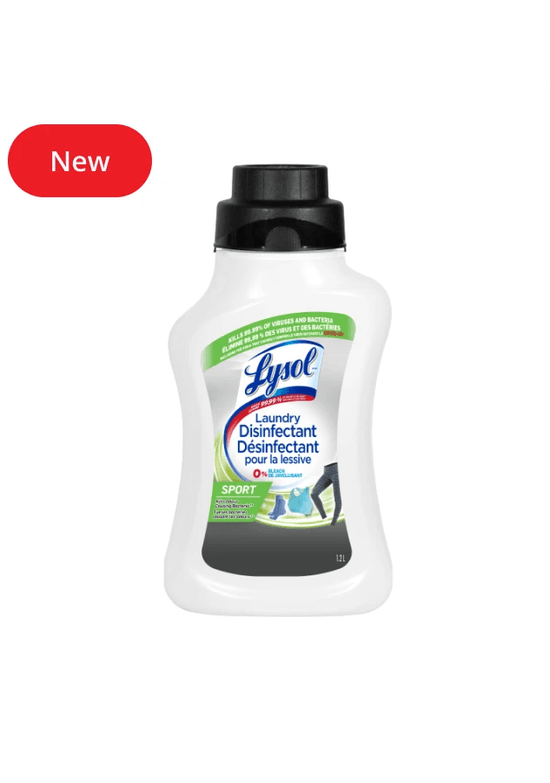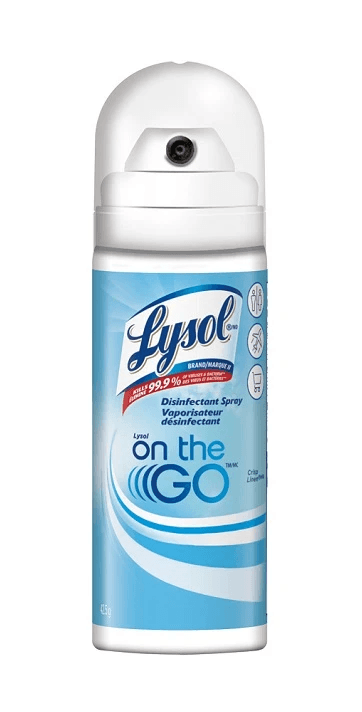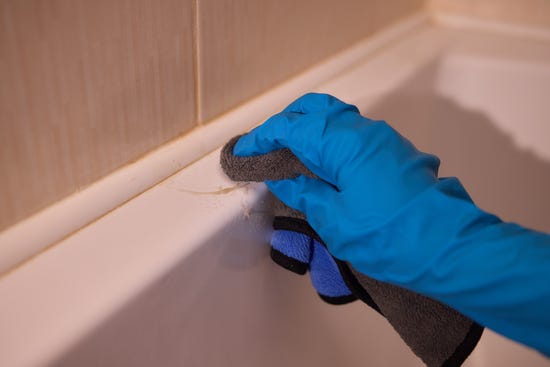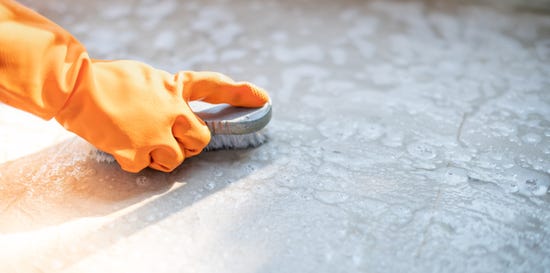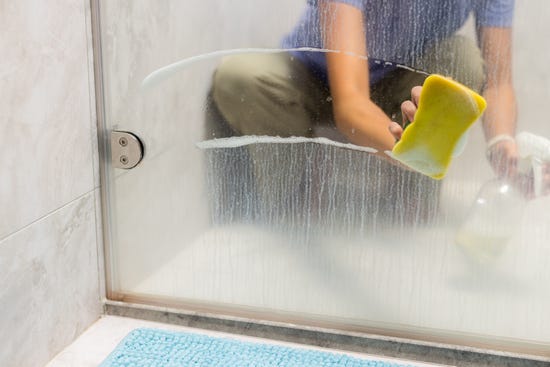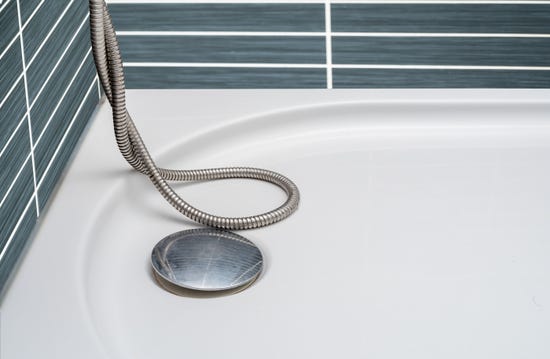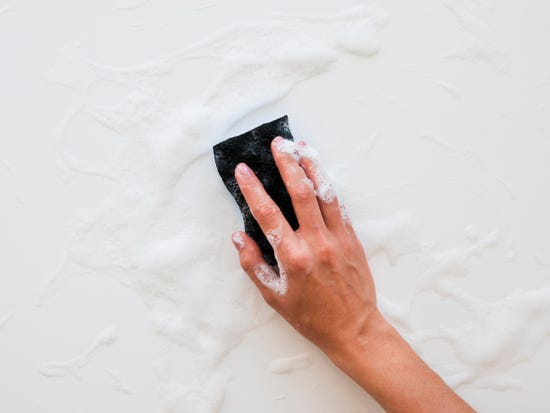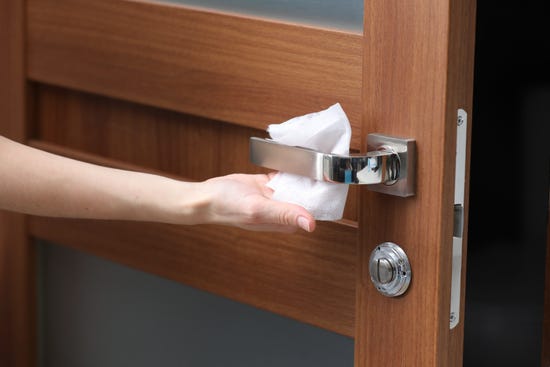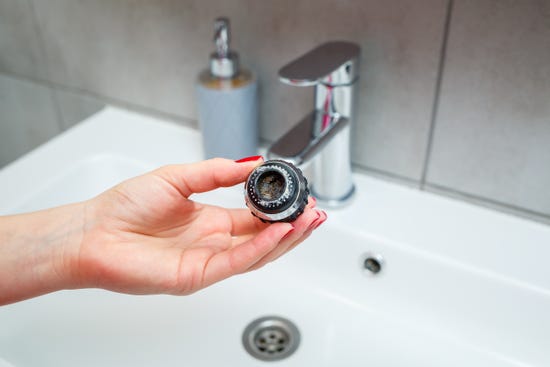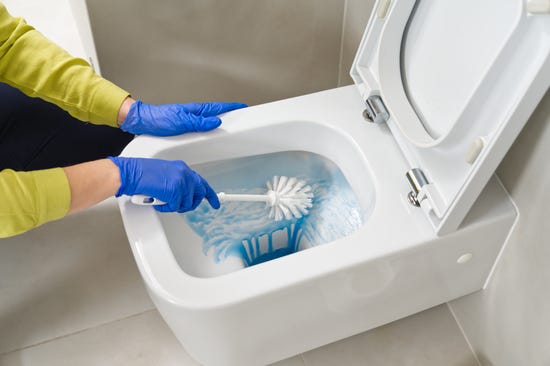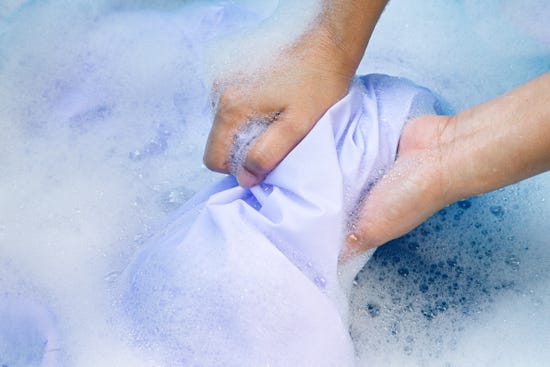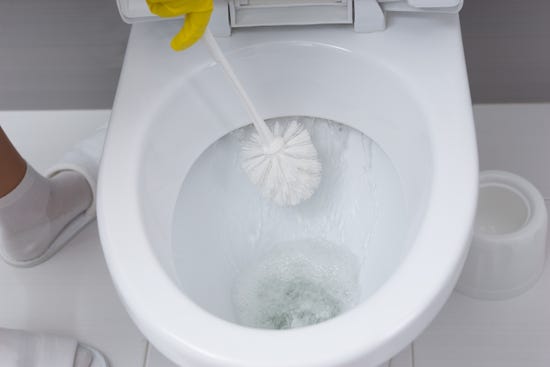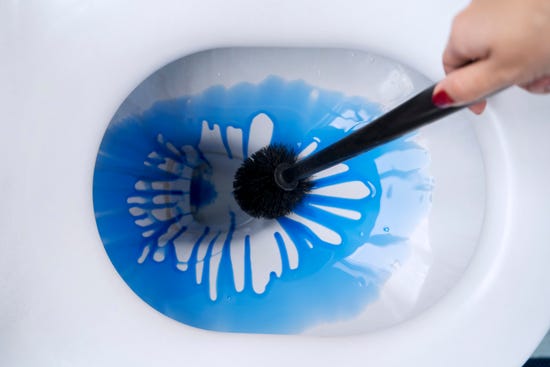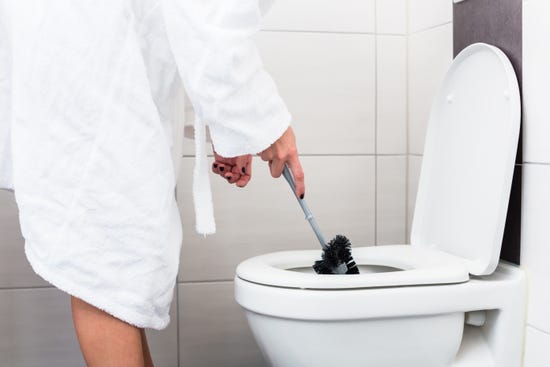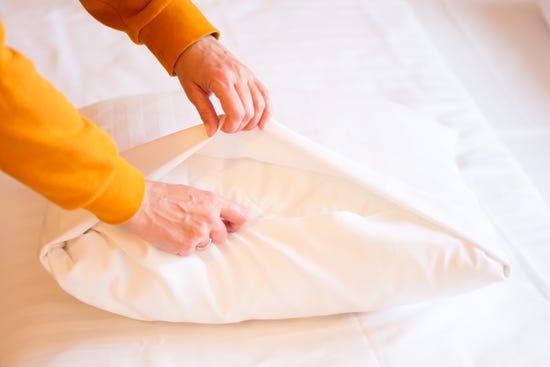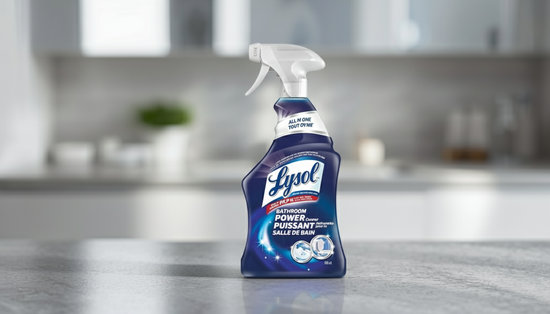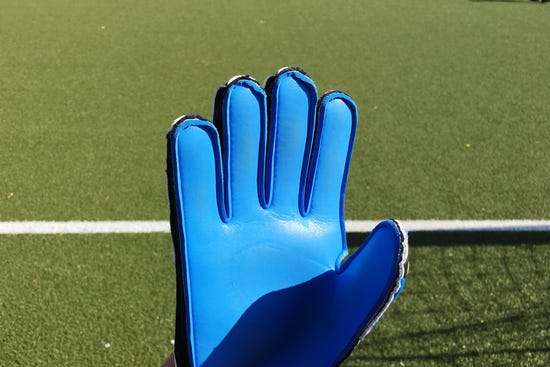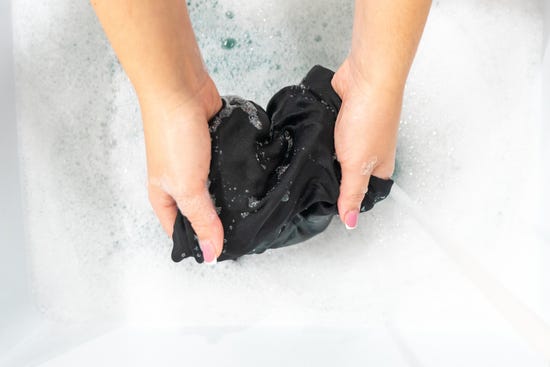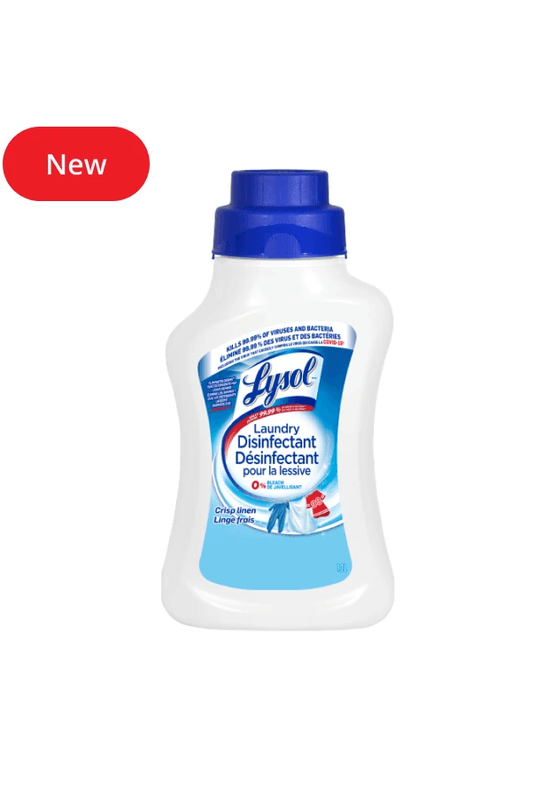
How to Remove Static from Clothes To Avoid Shocks
How to Remove Static from Clothes To Avoid Shocks

Everyone has experienced the frustrating feeling of static in clothes, where outfits cling uncomfortably or look untidy, making even freshly cleaned laundry seem annoying. This common problem often happens unexpectedly, especially during dry winter days or right after tumble drying.
Besides the cling, static can also cause small shocks or even make hair stand up in all directions. These tiny annoyances may not seem serious, but they can quickly ruin the fresh feel of clean clothes. Luckily, with a few simple tricks, static can be more easy to control.
By taking the right steps, you can minimize static cling and help keep your clothes feel soft, smooth, and comfortable throughout the day. Using simple tricks, you can prevent fabrics from sticking to your body, avoid those small, shocking shocks, and maintain a clean, polished look.
Continue reading this article to discover how to remove static from clothes, ensuring they remain smooth, soft, comfortable, cling-free, and shock-free after each wash.
What does static on clothes mean?
Static on clothes occurs when fabrics accumulate electrostatic charges, typically due to friction as they rub against each other. It’s especially common with synthetic fibers, such as polyester, which attract static electricity more easily than natural fabrics.
Dry air, winter weather, and even tumble drying can all increase the effect, making the charge stronger. As a result, clothes cling awkwardly to each other or stick to your body, creating what is known as static cling.
What causes static cling in clothing?
Static cling in clothes occurs when fabrics develop and hold opposite electrical charges. As garments move around, whether in the dryer, while walking, or during wear, the rubbing action causes electrons to transfer between materials. Without sufficient humidity in the air to neutralize these charges, the clothes stick together or cling to your body.
How to remove static from clothes
Here’s how to remove static from clothes for a smooth, comfortable, and cling-free wear.
1. Dryer sheets
A dryer sheet is a fabric-softening sheet that reduces static and can add a fresh scent to clothes during the drying process. Dryer sheets work by coating fabrics with a thin layer of softeners that neutralize electrical charges, decreasing static buildup as clothes tumble. They also emit pleasant scents and smooth fibers for a softer feel.
2. Dryer balls
Dryer balls are reusable spheres made of wool or plastic that help reduce static, wrinkles, and drying time by separating clothes in the dryer. They help physically separate garments, which minimizes friction and prevents clothes from clumping together.
Their movement reduces static, smooths wrinkles, and accelerates drying by enhancing air circulation. Wool balls absorb moisture to reduce static and can be reused again and again.
3. Fabric softener
Fabric softener is a laundry additive that helps reduce static and improve fabric feel. Liquid fabric softeners function by depositing a thin layer of conditioning agents onto fibers during the rinse cycle.
However, this coating can leave residue that may affect the performance of items such as sportswear, microfiber, or flame-resistant clothing.
4. Steam drying
Steam drying is a dryer feature that uses hot steam to reduce static, smooth out wrinkles, and refresh clothes during the drying process. It combines warm, moist air with regular hot air cycles to naturally relax fibers and eliminate static electricity.
The gentle mist helps reduce wrinkles, refresh fabrics, and soften clothing without the use of chemical treatments. Controlled moisture prevents dryness, which can cause increased static.
5. Reduce static option
The reduce static option is a dryer setting that adds a small amount of moisture at the end of a cycle to reduce static cling in clothes. Some modern dryers include a static-reduction feature that releases a tiny amount of static at the end, neutralizing it and decreasing the chances of clothes sticking together.
This built-in solution helps achieve wrinkle- and static-free laundry effortlessly, keeping clothes smoother and more comfortable.
6. Air dry
Air drying involves letting clothes dry naturally without using a dryer, which helps reduce static cling and wear on the fabric. Since air drying avoids the friction and heat produced by dryers, hanging clothes helps reduce fabric wear and saves money.
It's gentle on delicate garments, minimizing wear and extending their lifespan. Additionally, it’s energy-efficient and eco-friendly, benefiting both your wardrobe and the environment.
Lysol® Laundry Disinfectant
Having explored solutions for static cling, we would like to bring to your attention another laundry issue that is often overlooked but equally important.
The unseen presence of germs, bacteria, and lingering odours often goes unnoticed. These hidden threats can survive regular cleanings, remain deeply embedded in fabrics, and spread illness, compromising hygiene.
This is where Lysol® Laundry Disinfectant - Crisp Linen proves essential, providing powerful cleaning that safeguards health while keeping clothes fresh and safe.
This formula kills 99.99% of viruses and bacteria that detergents may leave behind*. Free from bleach, it’s gentle on fabrics but powerful against microbes, working well in cold water. It also leaves clothes with a refreshing crisp linen scent.
*vs detergent alone; Always read and follow the label.
FAQs
Do certain fabrics create more static than others?
Some fabrics generate more static electricity than others. Synthetic materials, such as polyester and nylon, produce the most static, while natural fibers, like cotton, wool, and linen, create less because they retain more moisture and exchange electrons differently.
How does humidity affect static cling in clothing?
Humidity helps reduce static cling in clothes by adding moisture to the air, which acts as a conductor and disperses static charges. In contrast, dry air allows charges to accumulate, resulting in increased static cling and discomfort.
Does using fabric softener help reduce static in clothes?
Certain fabric softeners may help reduces static in clothes by coating fibers with a thin layer that lowers friction. This prevents static electricity from accumulating during the drying process.
Why do clothes get more static in winter than in summer?
Clothes become more static in winter because cold, dry air holds less moisture, and indoor heating makes the air even drier. This prevents charges from dissipating, allowing friction to build static. In the summer, higher moisture acts as a conductor, allowing charges to escape more easily.
Can rubbing clothes with aluminum foil remove static?
Yes, rubbing clothes with aluminum foil can help remove static electricity because the metal helps to discharge the static charge from the fabric.
